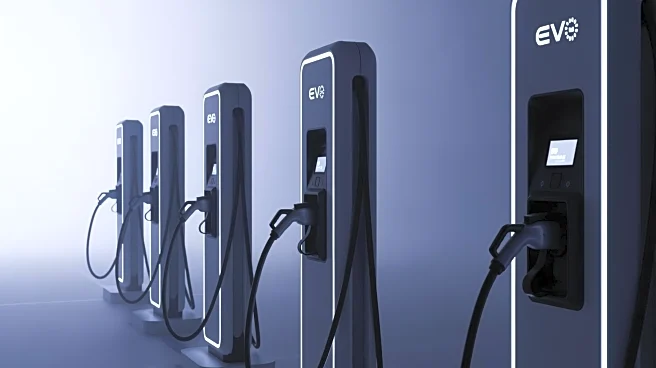What's Happening?
Tesla has launched more affordable versions of its Model Y and Model 3 electric vehicles. These new models are stripped-back versions of the existing cars, designed to lower the starting cost and make
Tesla ownership more accessible. The Model Y Standard Rear-Wheel Drive starts at $39,990, offering a range of 321 miles and a 0-60 mph time of 6.8 seconds. The Model 3 Standard Rear-Wheel Drive is priced at $36,990, with similar specifications. Both models feature simplified interiors and reduced features, such as manual adjustments for seats and mirrors, and the removal of certain luxury elements like the rear passenger screen. These changes aim to attract first-time electric vehicle buyers by focusing on affordability while maintaining Tesla's core strengths in software and driving dynamics.
Why It's Important?
The introduction of more affordable Tesla models is significant as it aligns with the growing demand for cost-effective electric vehicles in the U.S. market. With the average new vehicle transaction price in the U.S. remaining high, these models provide a more accessible entry point for consumers interested in electric vehicles. This move could potentially increase Tesla's market share by appealing to a broader audience, including those who might have considered cheaper alternatives. By focusing on affordability, Tesla reinforces its position as a leader in the electric vehicle market, potentially influencing competitors to follow suit and further driving the transition to sustainable transportation.
What's Next?
Tesla's strategy to offer more affordable models may prompt other automakers to introduce similar cost-effective electric vehicles, intensifying competition in the EV market. As these models become available, consumer response will be crucial in determining their success. Additionally, Tesla's decision to offer Full Self-Driving as an optional feature could lead to further discussions on the pricing and accessibility of autonomous driving technologies. The company's focus on affordability may also influence future product development and marketing strategies, as it seeks to balance cost with innovation.











